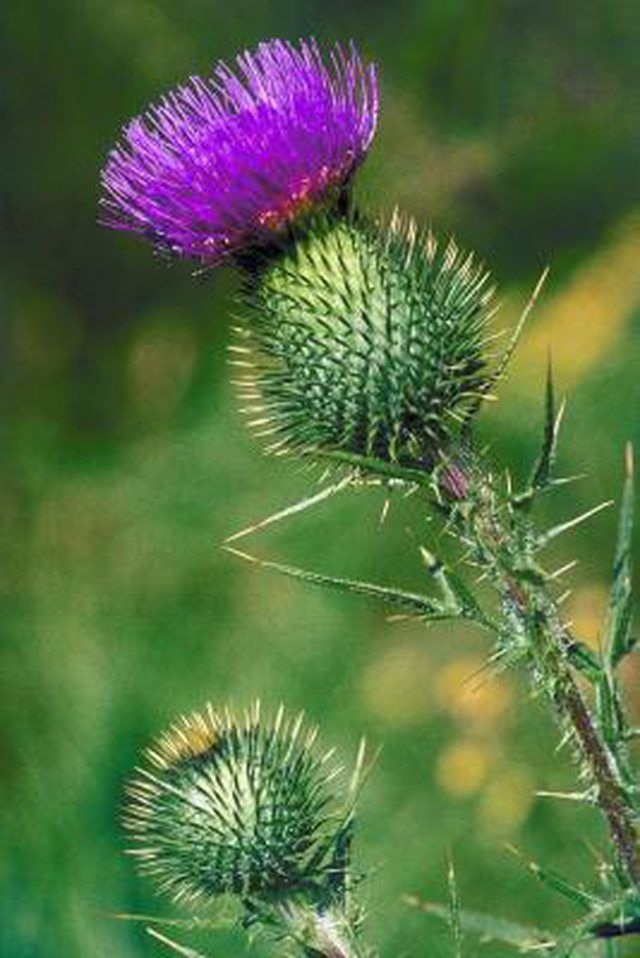Bulbs
Flower Basics
Flower Beds & Specialty Gardens
Flower Garden
Garden Furniture
Garden Gnomes
Garden Seeds
Garden Sheds
Garden Statues
Garden Tools & Supplies
Gardening Basics
Green & Organic
Groundcovers & Vines
Growing Annuals
Growing Basil
Growing Beans
Growing Berries
Growing Blueberries
Growing Cactus
Growing Corn
Growing Cotton
Growing Edibles
Growing Flowers
Growing Garlic
Growing Grapes
Growing Grass
Growing Herbs
Growing Jasmine
Growing Mint
Growing Mushrooms
Orchids
Growing Peanuts
Growing Perennials
Growing Plants
Growing Rosemary
Growing Roses
Growing Strawberries
Growing Sunflowers
Growing Thyme
Growing Tomatoes
Growing Tulips
Growing Vegetables
Herb Basics
Herb Garden
Indoor Growing
Landscaping Basics
Landscaping Patios
Landscaping Plants
Landscaping Shrubs
Landscaping Trees
Landscaping Walks & Pathways
Lawn Basics
Lawn Maintenance
Lawn Mowers
Lawn Ornaments
Lawn Planting
Lawn Tools
Outdoor Growing
Overall Landscape Planning
Pests, Weeds & Problems
Plant Basics
Rock Garden
Rose Garden
Shrubs
Soil
Specialty Gardens
Trees
Vegetable Garden
Yard Maintenance
How to Get Rid of Bull Thistle Naturally in Texas
How to Get Rid of Bull Thistle Naturally in Texas. Bull thistle (Cirsium vulgare) is in the aster family and produces a purple flower -- but the pleasant similarity stops there. This invasive biennial blooms in its second year, and takes over yards, gardens and pastures. In addition to hogging space and resources from desired vegetation, grazing...

Bull thistle (Cirsium vulgare) is in the aster family and produces a purple flower -- but the pleasant similarity stops there. This invasive biennial blooms in its second year, and takes over yards, gardens and pastures. In addition to hogging space and resources from desired vegetation, grazing animals are repelled by the plant's sharp spines. It propagates quickly; each flower can produce 200 seeds, its only means of reproduction. However, with vigilant weeding before it flowers, as well as revegetation of the area, it can be stopped.
Things You'll Need
Work gloves
Hoe (optional)
Tiller or spade
Seeds or established plants
Rake (optional)
Removing Bull Thistle
Pull on heavy work gloves, long sleeves, pants and heavy shoes or boots before approaching bull thistle. This will protect you from the sharp, needle-like spines.
Step on the base of the bull thistle and lean the plant away from you with your foot to better avoid contact with the weed's spines.
Move your foot, reach down and pull the bull thistle out of the ground with a hard jerking motion to dislodge the root. The entire plant should pull easily out of the ground.
Chop up any remaining root in the ground with a hoe to prevent the bull thistle from re-emerging.
Revegetating The Area
Till the soil in the area where bull thistle has been removed. Hoe or spade up smaller areas to prepare the soil for new plantings.
Sow seeds or place established plants in the tilled soil. Use native plants that can root easily and quickly in the soil for best results.
Cover root balls with soil and pat down firmly. Cover seeds gently with a fine layer of dirt, or use a rake to smooth them into the prepared soil.
Water the area thoroughly. Continue to water until seedlings emerge, or plantings become established.
Tips & Warnings
Bull thistle can be removed at any time; however, removal before flowering and seed production produces the best results.
Bull thistle can be mowed in larger areas where hand weeding is difficult, to prohibit the spread of the plant; however, it must be done prior to flowering or the plant will continue to distribute seeds.
A healthy bull thistle plant can produce up to 50,000 seeds in one growing season.